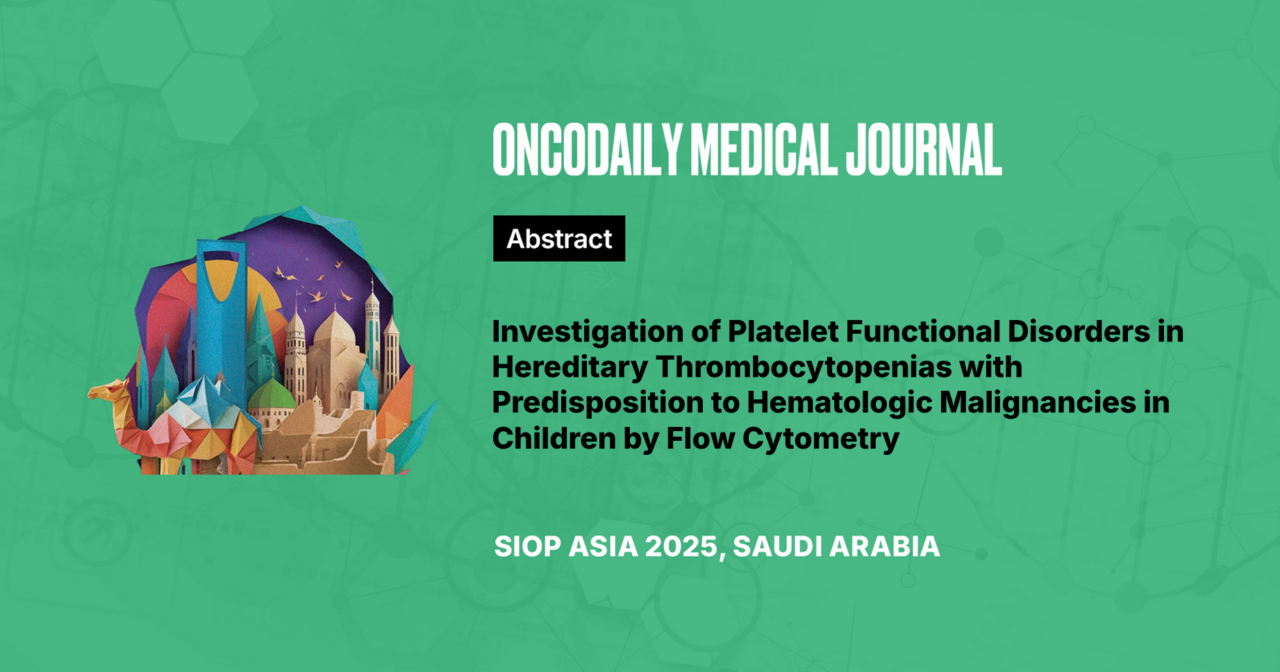Investigation of Platelet Functional Disorders in Hereditary Thrombocytopenias with Predisposition to Hematologic Malignancies in Children by Flow Cytometry
Abstract
Introduction: Hereditary thrombocytopenias are variable in the severity of bleeding, the count and size of platelets, which is related with the number of receptors and intracellular structure. So, the healthy reference ranges do not allow interpretation of functional disorders, especially in macro- and micro-thrombocytopenias. The diagnostic approach based on the flow cytometry allowing to use the reference values for these patients is necessary.
Methodology: Seventy-five pediatric patients were divided into three groups by platelet size: 25 with normo thrombocytopenia (RUNX1, ANKRD26, ETV6, CYCS), 25 with micro-thrombocytopenia (Wiskott- Aldrich syndrome) and 25 with macro-thrombocytopenia (MYH9, TUBB1, SLFN14, Bernard-Soulier syndrome). Platelet size and granularity, GPIb/V/IX, GPIIb/IIIa, α- and δ-granules, procoagulant activity, were analyzed at rest and after activation by a mixture of TRAP+CRP.
In addition to the absolute value indicators, a calculated “index at rest/after activation” in relative units was introduced for personalized changes assessment. The hemorrhage was assessed using a Pediatric Bleeding Questionnaire. The control consisted of 40 healthy children.
Results: The bleeding score ranged from 0 to 20 (median of 2). Upon activation, in all groups a significant weakening was observed in: 1) platelet size contraction (p≤0.002) and 2) generation of procoagulant platelets (p<0.02). In the group of normo-trombocytopenia, a complex of disorders was determined: 1)increased granularity upon activation (p<0.001), 2) attenuation of CD42b cleavage/internalization (p<0.01), 3) reduction of dense granules (p<0.01).
In the micro-thrombocytopenia group were detected: 1) increased granularity upon activation (p<0.001), 2) attenuation of CD42b cleavage/internalization (p<0.001), 3)weakening of externalization and activation of GP IIb/IIIa (p<0.001), 4) attenuation of granules release (p<0.001). In normo- and micro-thrombocytopenia, a correlation (r≥-0.65, p≤0.04) was found between a decrease of procoagulant platelets <5% and increase of bleeding.
Conclusions: The use of “activation indexes” allowed to identify and characterize morphofunctional abnormality patterns in different platelet size thrombocytopenias.





